
Kansai Electric to decommission two Ohi reactors
Overhaul works would be too expensive at $7.3b.
Japanese utility Kansai Electric has filed a detailed decommissioning plan to the Nuclear Regulation Authority (NRA) for the Ohi-1 and Ohi-2 nuclear reactors in Fukui prefecture (Japan). The decision to decommission the two units was announced a year earlier on grounds that the overhaul works required to extend their operating life and implement safety upgrades would be too expensive and cost an estimated JPY830bn ($7.3bn).
Ohi-1 and Ohi-2 are rated 1,120 MWe (1,175 MWe gross) each. They were put into service in 1979 and are nearing their standard operating life of 40 years. Both had been offline since the Fukushima disaster in March 2011 and they were removed from the list of Japanese commercial reactors on 1 March 2018.
Also read: Kansai Electric's Ohi-4 nuclear reactor resumes power generation
The Ohi nuclear power plant includes four pressurised water reactors (PWRs), all of which were shut down in the wake of the 2011 Fukushima nuclear disaster. In 2017, Kansai Electric secured the approval from the Fukui Prefecture and the NRA to restart Ohi-3 and Ohi-4. Ohi-3 resumed commercial operations in April 2018 and was the sixth Japanese nuclear unit to be restarted after clearing the country's revised safety regulations since the Fukushima disaster in 2011.
This article was originally published by Enerdata.
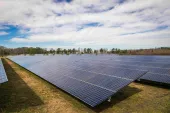

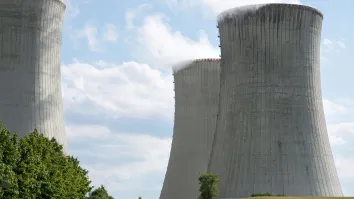

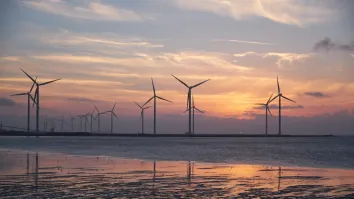





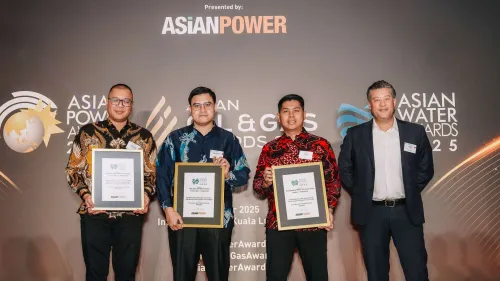

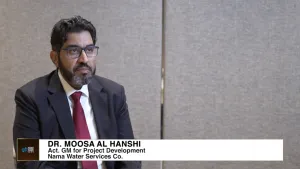






 Advertise
Advertise






